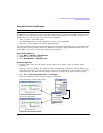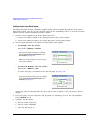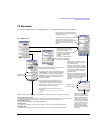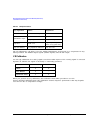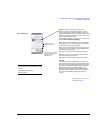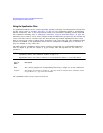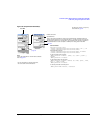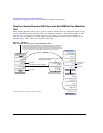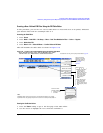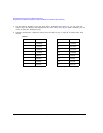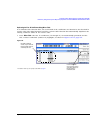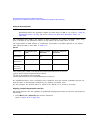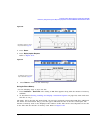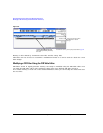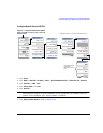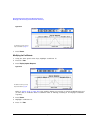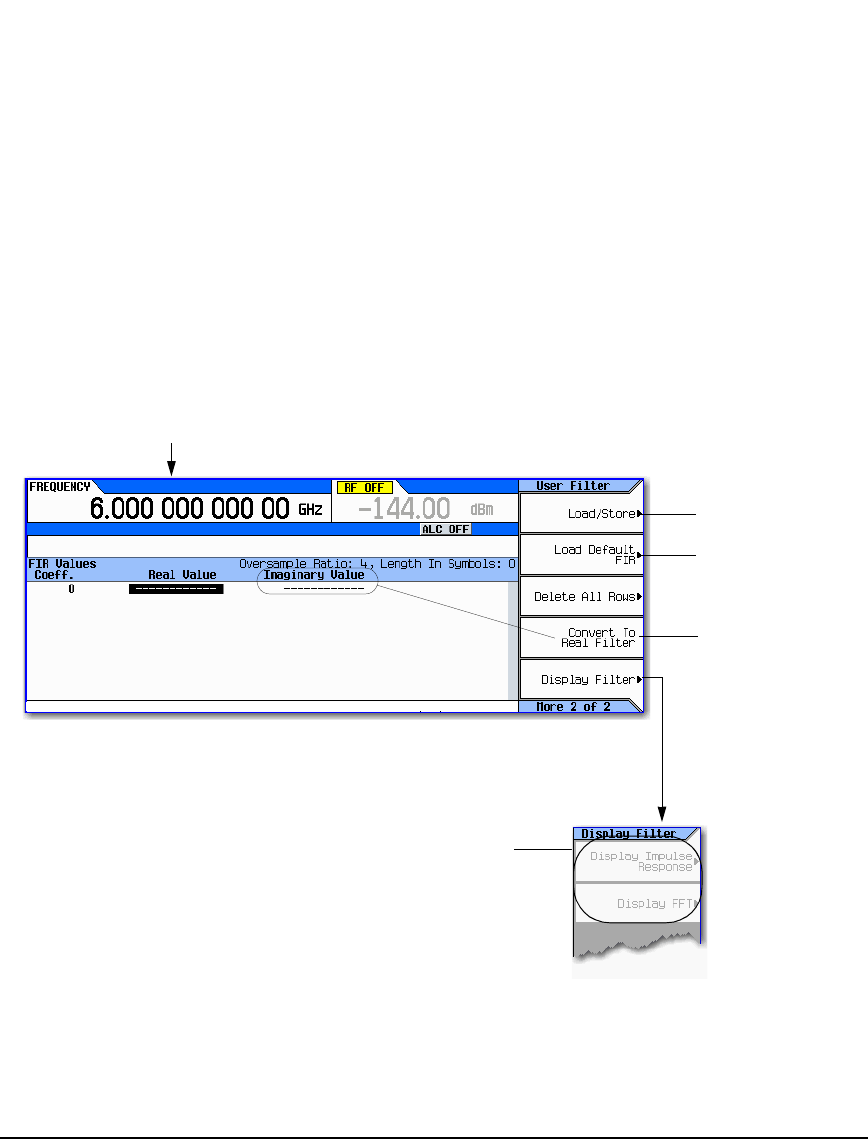
Agilent N5161A/62A/81A/82A/83A MXG Signal Generators User’s Guide 199
Preliminary Basic Digital Operation (Option 651/652/654)
Preliminary Using Finite Impulse Response (FIR) Filters in the Dual ARB Real-Time Modulation Filter
Creating a User–Defined FIR Filter Using the FIR Table Editor
In this procedure, you use the FIR Values table editor to create and store an 8–symbol, windowed
sync function filter with an oversample ratio of 4.
Accessing the Table Editor
1. Press Preset.
2. Press Mode > Dual ARB > Arb Setup > More > Real-Time Modulation Filter > Select > Nyquist.
3. Press Define User FIR.
4. Press More 1 of 2 > Delete All Rows > Confirm Delete of All Rows.
This will initialize the table editor as shown in Figure 8-18.
Figure 8-18 Creating a User–Defined FIR Filter Using the FIR Filter Table Editor
Entering the Coefficient Values
1. Press the Return softkey to get to the first page of the table editor.
2. Use the cursor to highlight the Value field for coefficient 0.
Mode > Dual ARB > Arb Setup > More > Real-Time Modulation Filter > Define
User FIR > More 1 of 2 > Delete All Rows > Confirm Delete of All Rows
Opens a menu that
enables you to select
and load a saved file
into volatile memory.
See page 43.
page205
Active only when:
FIR filter coefficient table
has minimum of two
values visible.
For details on each key, use key help as described on page 42.
Adds a column for
specifying the imaginary
coefficients of the filter.*
(All of the imaginary
coefficients will be 0
initially.) If the Convert to
Complex Filter softkey
has been selected the
Convert to Real Filter
softkey becomes
available.
Caution: Selecting the
Convert to Real Filter
softkey removes the
Imaginary Values column
and the imaginary values
are lost.
Note:
Modulation filters must be real and have an oversample ratio (OSR) of 2 or greater.
Equalization filers are typically complex and must have an oversample ratio (OSR) of 1.



